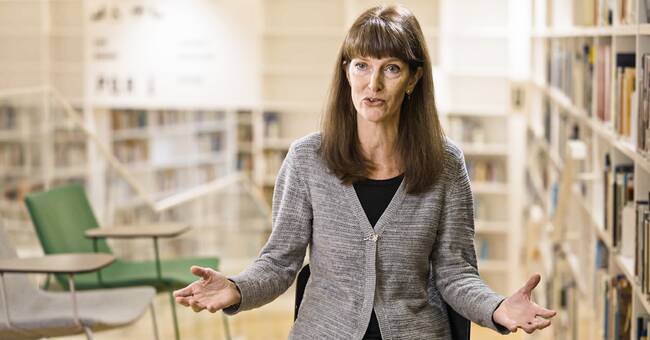Living alone, with few or no contacts with other people, is called social isolation.
It is not the same as being alone, says Lena Dahlberg, associate professor of social work and one of the researchers who has mapped loneliness among older people in the Nordic countries.
- Social isolation is a more objective condition.
It's about having few social contacts, rarely meeting people, living alone and so on.
Loneliness is a feeling, a subjective experience.
It has a connection with social isolation, but not as strongly as you might think, she says.
In research, loneliness is defined as the difference between how you want your social relationships to look like - and what they actually look like.
- That difference can depend on how many friends you have, how many social contacts or how often you meet them, but it can also be the depth of the contact.
Loneliness can adversely affect health
Lena Dahlberg says that research also usually distinguishes between social and emotional loneliness.
• Social loneliness is linked to the negative feeling of not belonging to a group, a context.
• Emotional loneliness is linked to close contact with people you trust.
For example, a partner, sibling, or a close friend.
A European study shows that among older people in Sweden and the rest of the Nordic region, the feeling of loneliness is relatively low compared with Southern and Central Europe.
In Sweden, just over one in ten Swedes over the age of 77 often, or almost always, experience loneliness, according to a study conducted by Lena Dahlberg.
But both social isolation and the feeling of loneliness can negatively affect health.
- We know that it is about weakened immune system, poorer sleep, but it can also be about poorer living habits, such as a poorer diet, less exercise and so on, says Lena Dahlberg.
Hear Lena Dahlberg sort out three myths about loneliness in the clip above.

